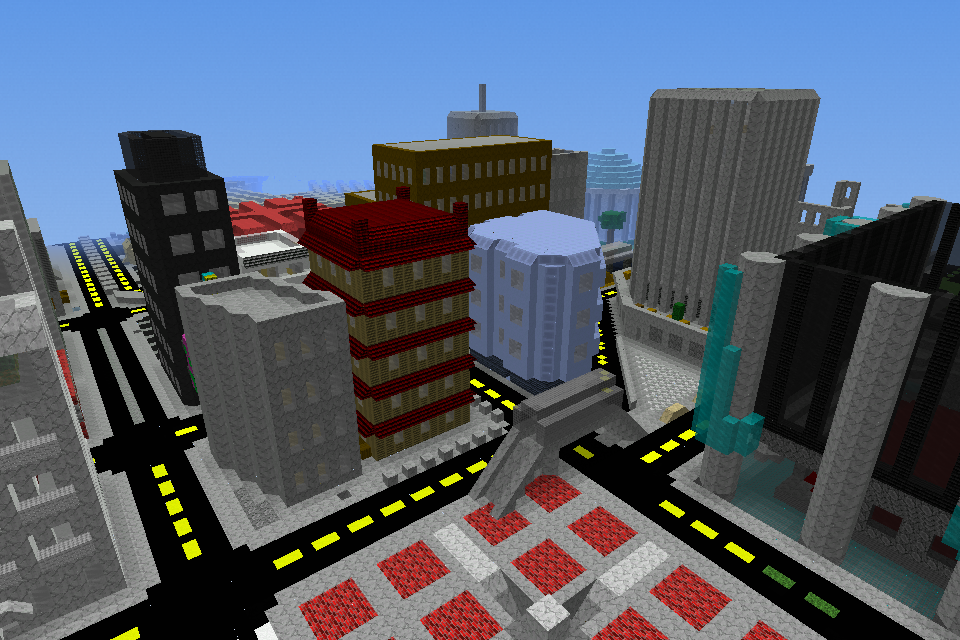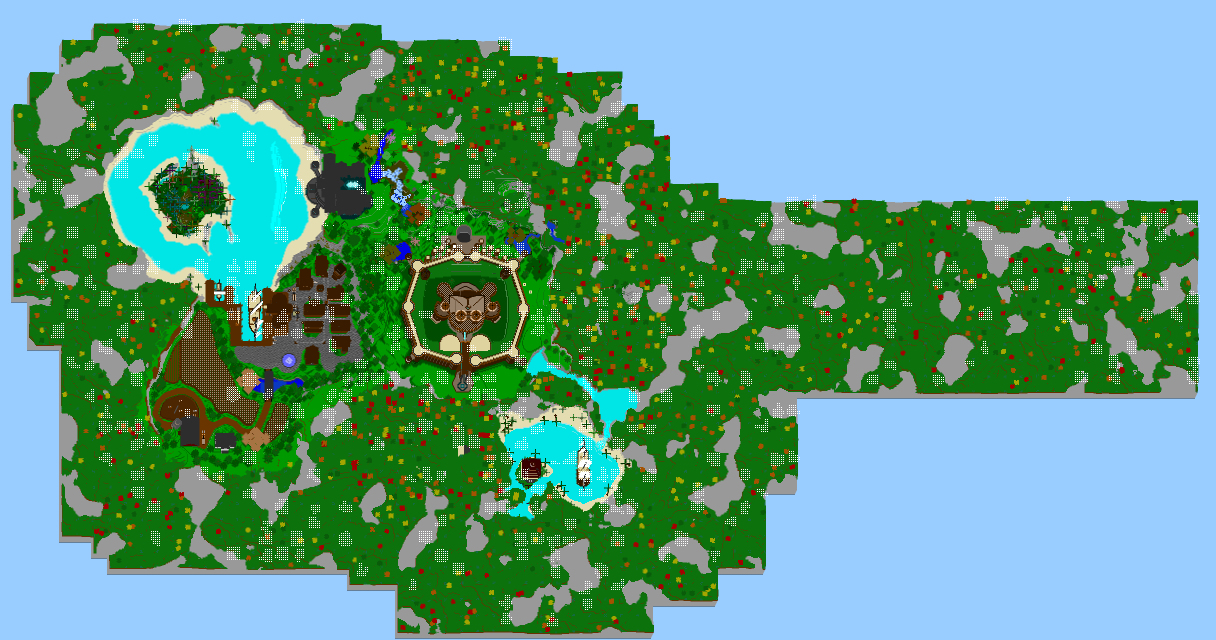

Watson Brake was being constructed nearly 2,000 years before the better-known Poverty Point, and building continued for 500 years. In the Americas, building of complex earthwork mounds started at an early date, well before the pyramids of Egypt were constructed. Securely dated to about 5,400 years ago (around 3500 BCE), in the Middle Archaic period, it consists of a formation of 11 mounds from 3 feet (0.91 m) to 25 feet (7.6 m) tall, connected by ridges to form an oval nearly 900 feet (270 m) across. Watson Brake is located in the floodplain of the Ouachita River near Monroe in northern Louisiana. It has since been dated as about 6500 BP, or 4500 BCE, although not all agree. Researchers at the time thought that such societies were not organizationally capable of this type of construction. One of the two Monte Sano Site mounds, excavated in 1967 before being destroyed for new construction at Baton Rouge, was dated at 6220 BP (plus or minus 140 years). Radiocarbon dating has established the age of the earliest Archaic mound complex in southeastern Louisiana. Illustration of Poverty Point in West Carroll Parish, Louisiana At its maximum about 1150 CE, Cahokia was an urban settlement with 20,000–30,000 people this population was not exceeded by North American European settlements until after 1800. This site had numerous mounds, some with conical or ridge tops, as well as a Woodhenge, and palisaded stockades protecting the large settlement and elite quarter. This mound appears to have been the main ceremonial and residential mound for the religious and political leaders it is more than 100 feet (30 m) tall and is the largest pre-Columbian earthwork north of Mexico. The best-known flat-topped pyramidal structure is Monks Mound at Cahokia, near present-day Collinsville, Illinois. The early earthworks built in Louisiana around 3500 BCE are the only ones known to have been built by a hunter-gatherer culture, rather than a more settled culture based on agricultural surpluses.

They were generally built as part of complex villages. These burial and ceremonial structures were typically flat-topped pyramids or platform mounds, flat-topped or rounded cones, elongated ridges, and sometimes a variety of other forms. The namesake cultural trait of the Mound Builders was the building of mounds and other earthworks. The first description of these cultures is due to Spanish explorer Hernando de Soto, written between 15.Ī mound diagram of the platform mound showing the multiple layers of mound construction, mound structures such as temples or mortuaries, ramps with log stairs, and prior structures under later layers, multiple terraces, and intrusive burials The bearers of the Plaquemine culture were presumably speakers of the Natchez language isolate. One tribe of the Fort Ancient culture has been identified as the Mosopelea, presumably of southeast Ohio, who were speakers of an Ohio Valley Siouan language. These commanded hundreds or even thousands of workers to dig up tons of earth with the hand tools available, move the soil long distances, and finally, workers to create the shape with layers of soils as directed by the builders.įrom about 800 CE, the mound building cultures were dominated by the Mississippian culture, a large archaeological horizon, whose youngest descendants, the Plaquemine culture and the Fort Ancient culture, were still active at the time of European contact in the 16th century. These cultures generally had developed hierarchical societies that had an elite. It is one of 11 mound complexes from this period found in the Lower Mississippi Valley. Watson Brake in Louisiana, constructed about 3500 BCE during the Middle Archaic period, is currently the oldest known and dated mound complex in North America.

The first mound building was an early marker of political and social complexity among the cultures in the Eastern United States.

Geographically, the cultures were present in the region of the Great Lakes, the Ohio River Valley, and the Mississippi River valley and its tributary waters. The "Mound Builder" cultures span the period of roughly 3500 BCE (the construction of Watson Brake) to the 16th century CE, including the Archaic period, Woodland period ( Calusa culture, Adena and Hopewell cultures), and Mississippian period. The term does not refer to a specific people or archaeological culture, but refers to the characteristic mound earthworks erected for an extended period of more than 5,000 years. 950–1100 CE and located at the Cahokia Mounds UNESCO World Heritage Site near Collinsville, Illinois, is the largest pre-Columbian earthwork in America north of Mesoamerica.Ī number of pre-Columbian cultures are collectively termed " Mound Builders".


 0 kommentar(er)
0 kommentar(er)
